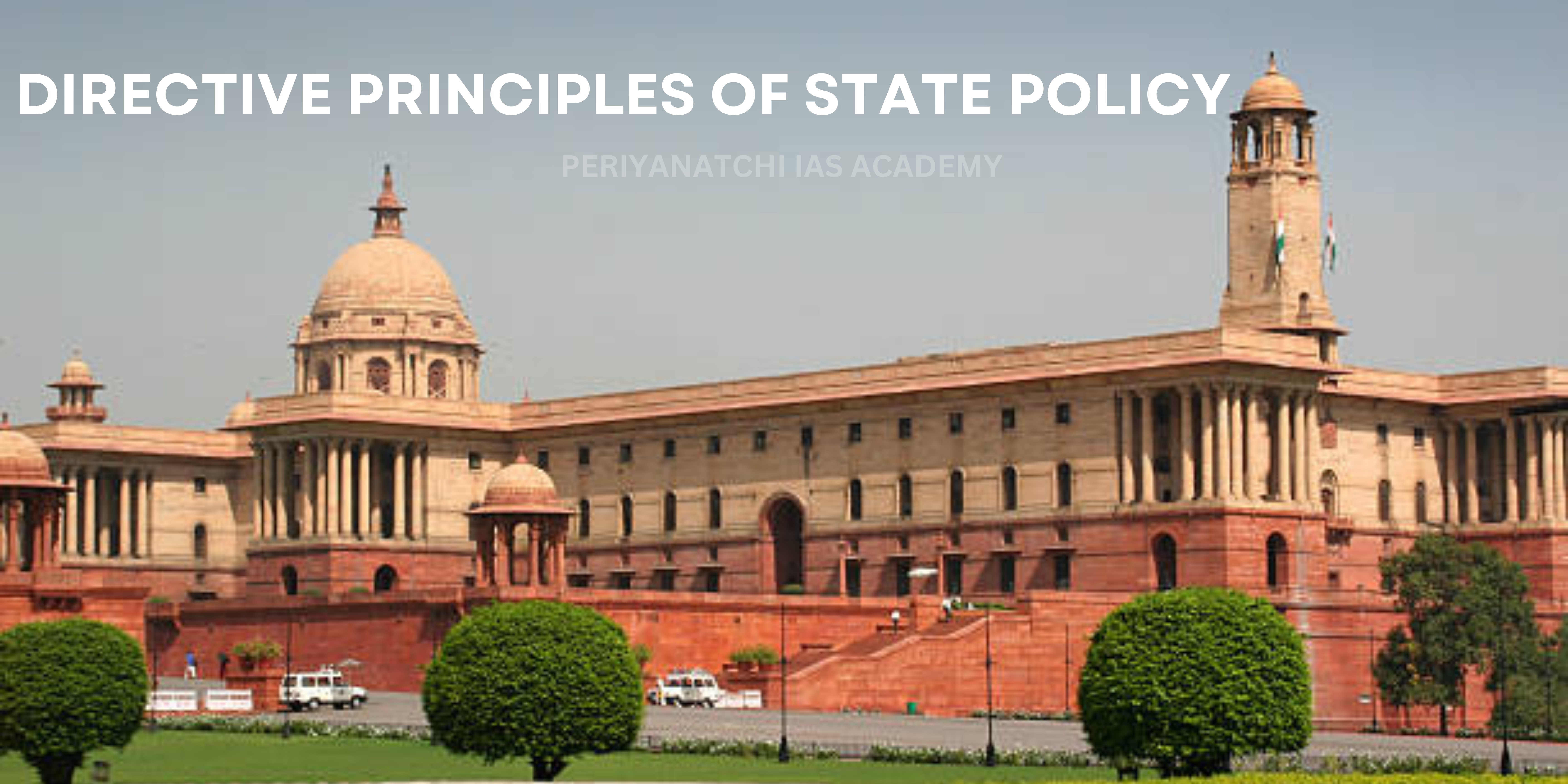
The Constitution of India, a meticulously crafted document drafted in the aftermath of colonial rule, serves as the foundation of the world's largest democracy. It not only outlines the framework of the government but also lays down the ideals towards which the nation should strive. Part IV of the Constitution, encompassing Articles 36 to 51, enshrines the Directive Principles of State Policy (DPSPs). These principles, unlike Fundamental Rights, are not enforceable by law. However, they serve as a moral compass, guiding the Union and State governments in making laws and promoting social welfare.
Origins and Objectives of the DPSPs
The concept of DPSPs draws inspiration from the Irish Constitution and reflects the framers vision of a socially and economically just India. These principles aim to achieve the following objectives:
i. Establishment of a Welfare State: The DPSPs advocate for a social order that promotes the welfare of all citizens, ensuring basic necessities like food, clothing, and shelter.
ii. Social Justice: Eradicating inequalities based on caste, religion, gender, or any other factor is a fundamental goal.
iii. Economic Justice: The principles encourage the government to create a just economic system, free from exploitation and concentration of wealth.
iv. Equal Opportunity: The DPSPs emphasize providing equal opportunities for all citizens in education, employment, and public life.
Key Categories of the DPSPs
The DPSPs can be broadly categorized into the following groups:
i. Social Welfare: Articles 38 to 41 outline principles related to securing the right to work, education, and public assistance in case of unemployment, old age, sickness, disablement, or other undeserved want. These principles also promote a living wage, humane working conditions, and just and humane conditions of work.
ii. Economic Policy: Articles 39(b) and (c) advocate for the ownership and control of material resources to serve the common good and prevent the concentration of wealth in a few hands. Additionally, they encourage the operation of the economic system to promote the welfare of the people and prevent monopolies.
iii. Agriculture: Articles 40 and 43 emphasize organizing village panchayats and promoting agriculture and animal husbandry.
iv. Justice: Articles 39A and 40 to 43A advocate for equal justice and free legal aid, uniform civil code, participation of workers in management of industry, and promotion of cooperation.
v. Education and Culture: Articles 41 and 45 to 47 emphasize compulsory education for all children, promotion of Hindi language, and protection of places and monuments of national importance.
vi. Environment: Though not explicitly mentioned, environmental protection can be argued to be implied in principles like securing a healthy environment and promoting sustainable development.
Implementation and Challenges
The DPSPs are not self-executory, meaning they cannot be directly enforced through courts. However, they play a crucial role in guiding the legislature and judiciary:
i. Legislative Guidance: The DPSPs provide a framework for the government to enact laws that promote social and economic justice. For instance, the Right to Education Act (2009) and the Mahatma Gandhi National Rural Employment Guarantee Act (2005) can be seen as attempts to implement the ideals enshrined in the DPSPs.
ii. Judicial Interpretation: While not directly enforceable, the DPSPs can influence judicial decisions. Courts may consider these principles while interpreting existing laws and striking down legislation deemed incompatible with the DPSPs.
Despite their noble intentions, the implementation of the DPSPs faces several challenges:
i. Lack of Resources: Implementing these principles often requires significant financial resources, which can be a constraint for the government.
ii. Competing Priorities: Balancing the ideals of the DPSPs with other national priorities, such as economic development and security, can be a complex task.
iii. Social and Economic Inequalities: Deep-rooted social and economic inequalities create hurdles in ensuring equal opportunities and justice for all citizens.
iv. Lack of Awareness: Public awareness about the DPSPs and their potential for social change is often limited.
Recent Developments and the Future of DPSPs
The discourse surrounding the DPSPs has evolved in recent years. Here are some noteworthy developments:
i. New Focus on Environmental Protection: While not explicitly mentioned, the increasing importance of environmental protection has led some scholars to argue that the principles can be interpreted to encompass this aspect.
ii. Judiciary's Role: The judiciary has played a more proactive role in interpreting the DPSPs, using them to advance social justice. For example, the Supreme Court's judgement in the Right to Food case (2001) was based on the DPSPs.
iii. Evolving Social Landscape: As Indian society progresses, the interpretation and application of the DP